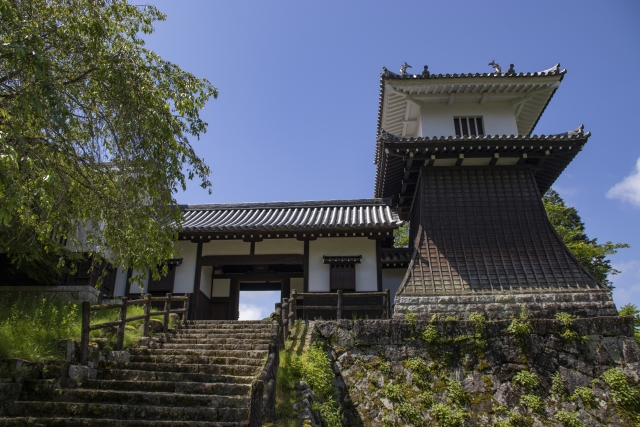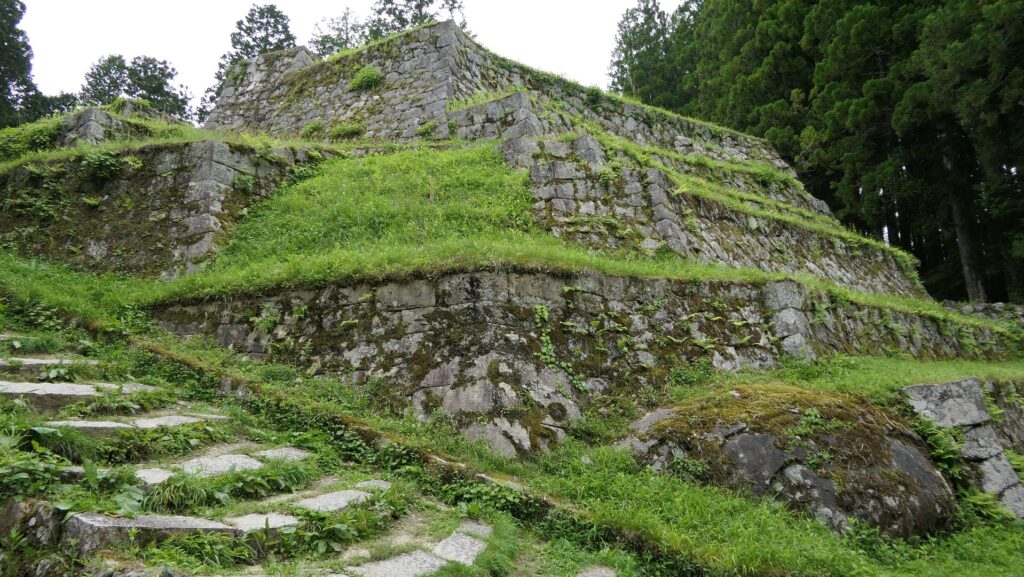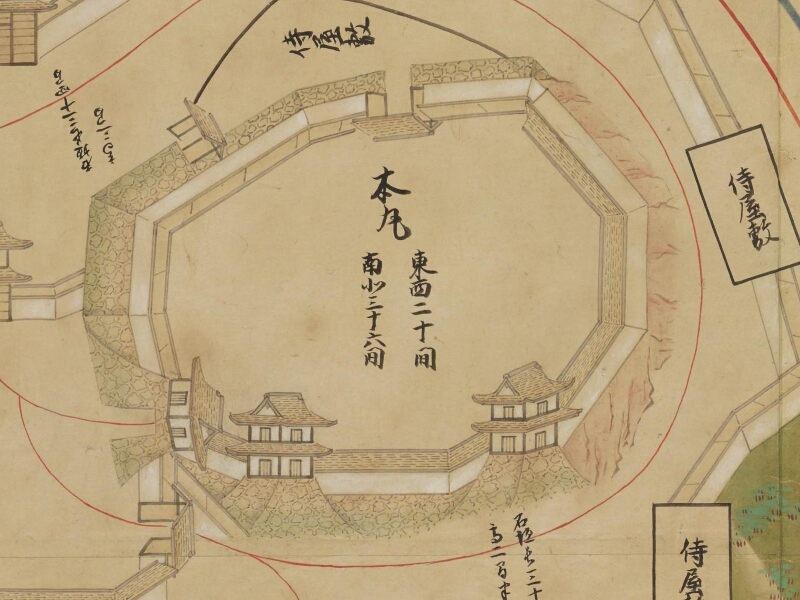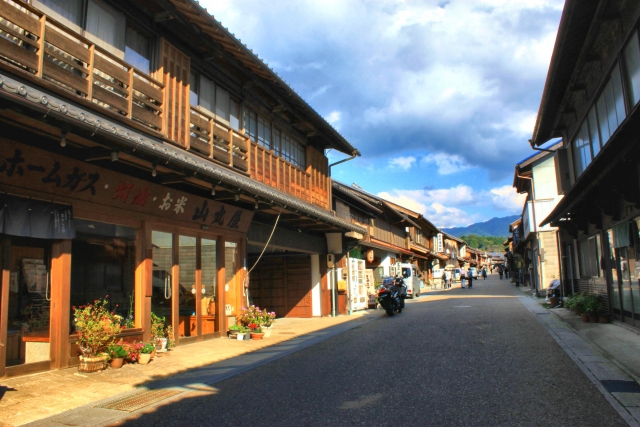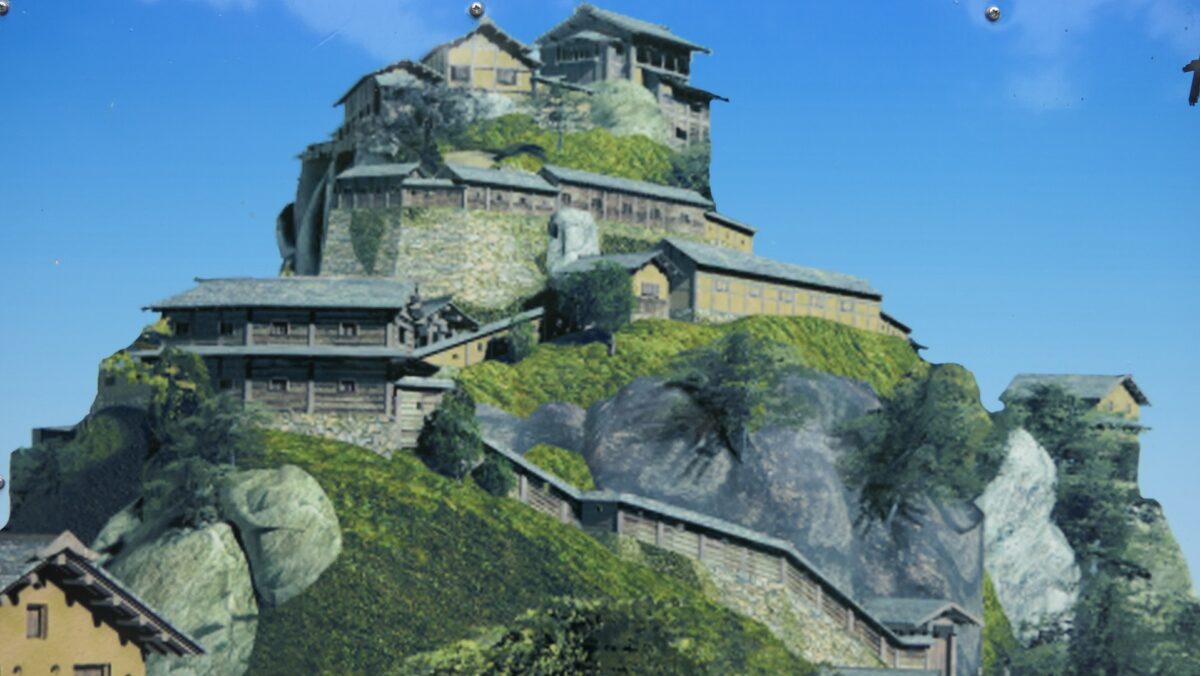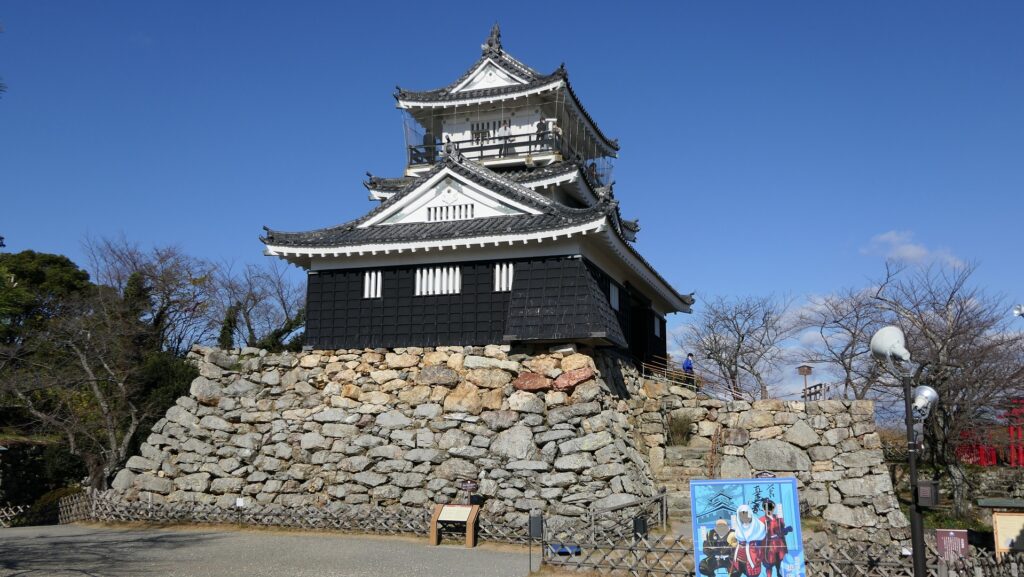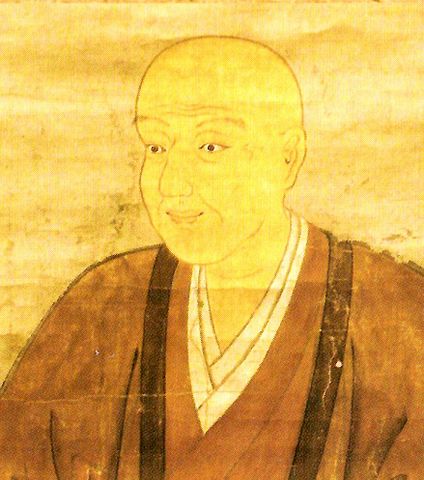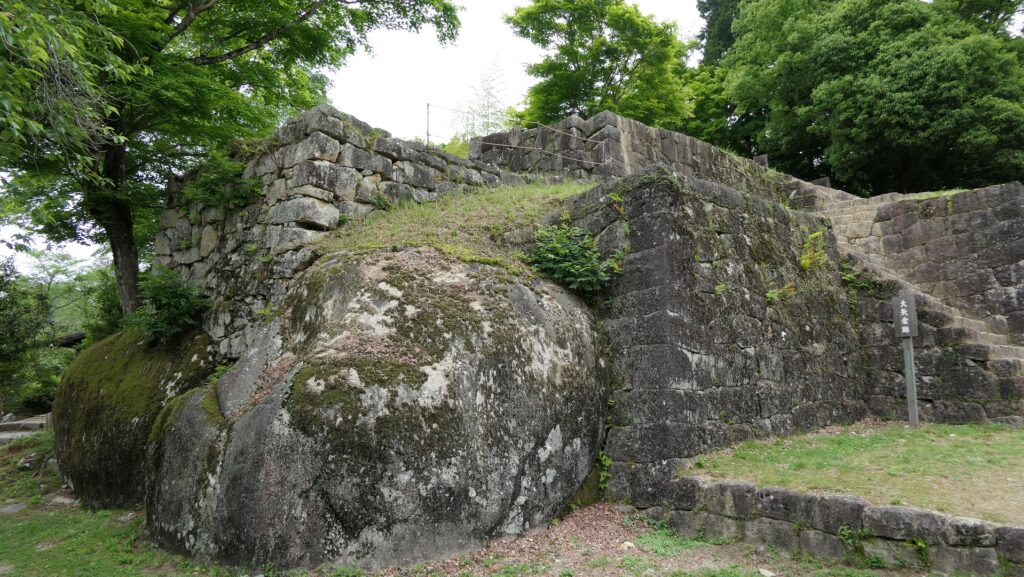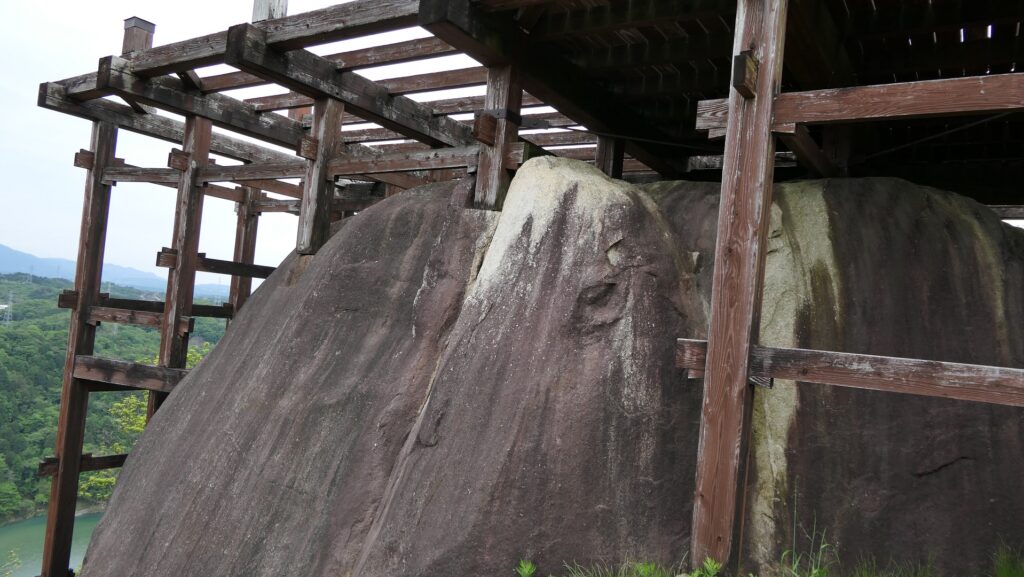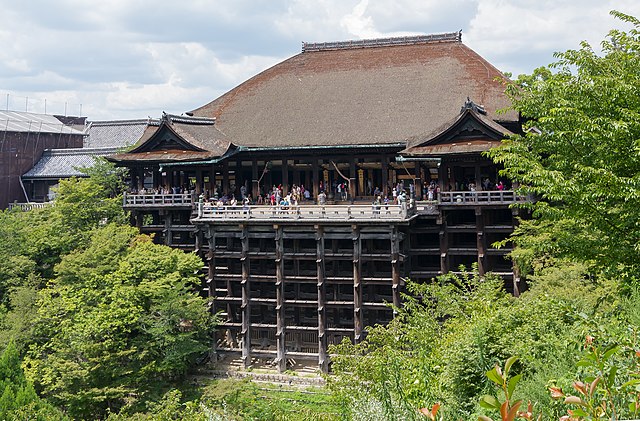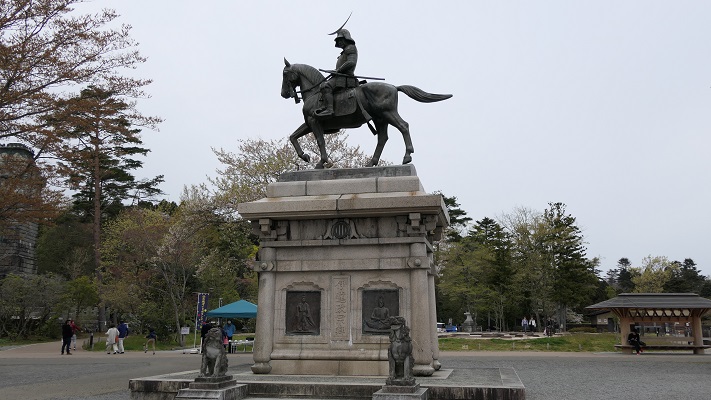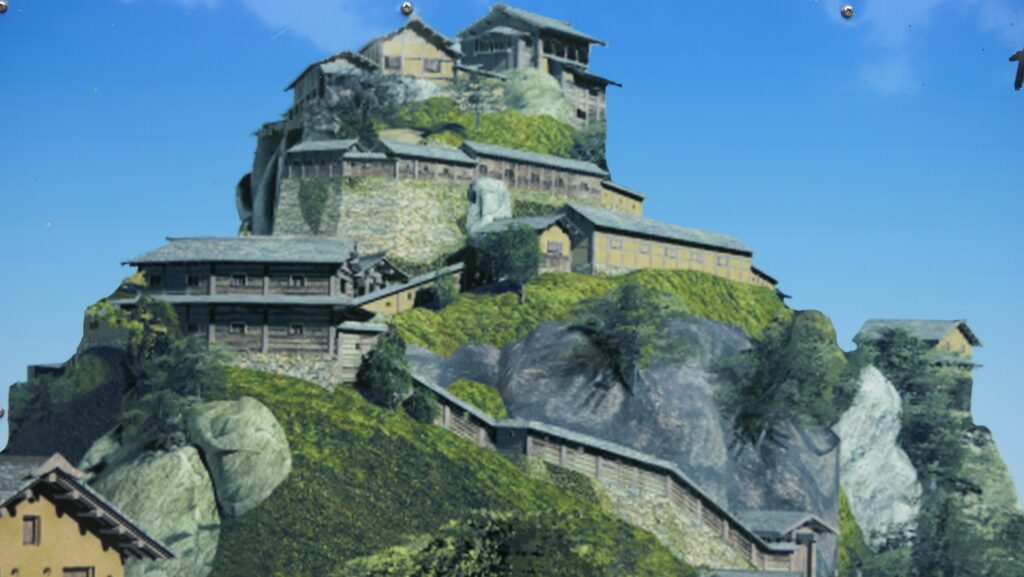Location and History
One of Three Great Mountain Castles
Iwamura Castle was a large mountain castle which was located in the eastern part of Mino Province (now Gifu Prefecture). The castle has been considered as one of the Three Great Mountain Castles followed by Bicchu-Matsuyama and Takatori Castles. Basically, mountain castles were built during the Sengoku Period when many battles happened. However, during the peaceful Edo Period, most castles were moved or rebuilt on plain land for the governor. The Three Great Mountain Castles were rare examples which remained until the end of the Edo Period. In particular, Iwamura Castle had the highest altitude of 717 meters high among the active castles during that time.
The location of the castle The relief map around the castle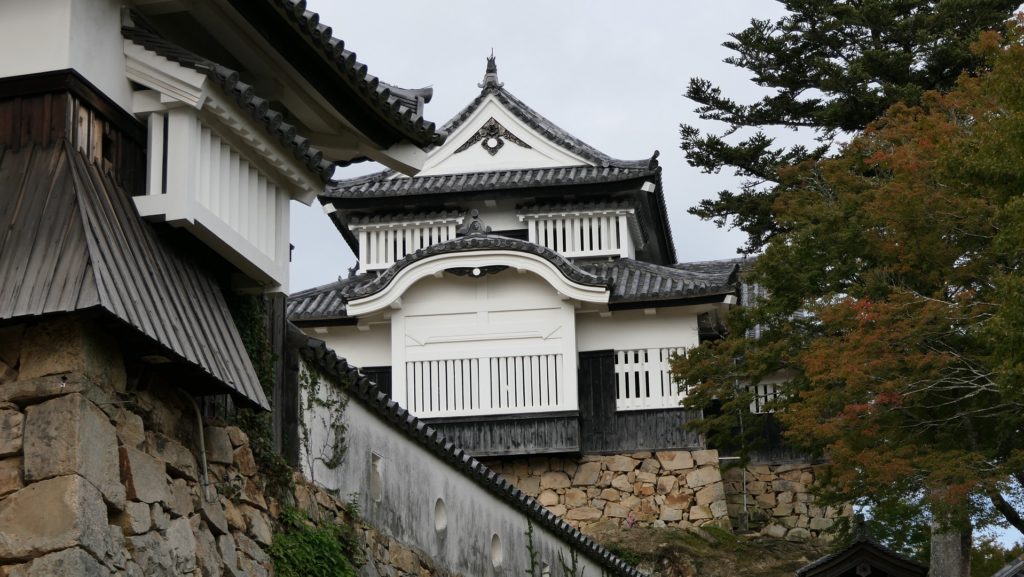
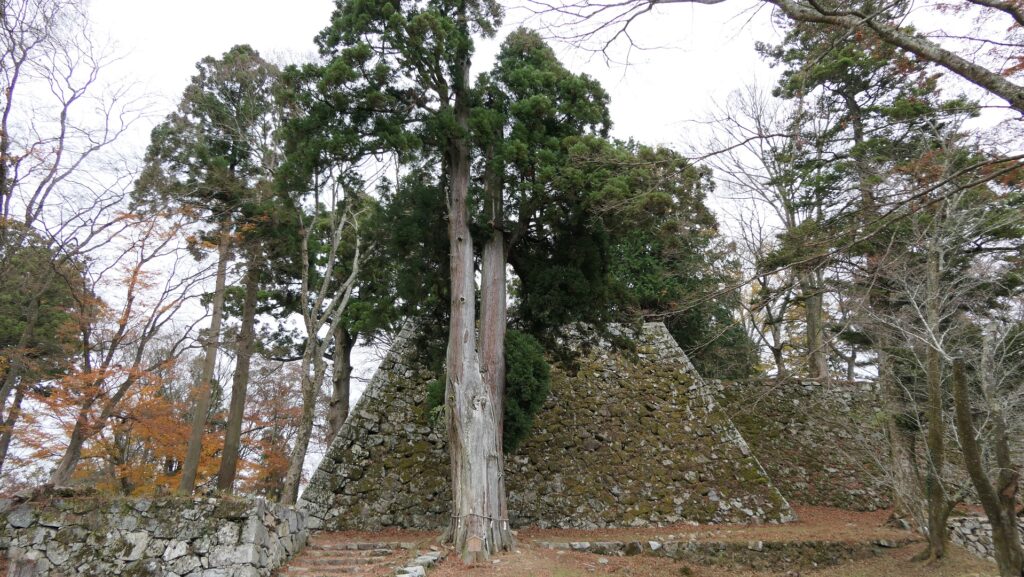
Female Lord, Otsuya and her Tragedy
It was said that the Toyama Clan first built the castle in the 13th Century, but it is quite uncertain. Records show the clan used the castle as their home base in the first 16th Century during the Sengoku Period. The Toyama Clan was one of the local warlord families residing in the area, which became the head of the local lord group called the Iwamura Group. However, the clan was affected by other larger warlords such as the Takeda and Oda Clans. For example, the clan often worked for the Takeda Clan. They often married their wife who belonged to the Oda Clan. This was to ensure balance between the two clans. In 1571, when a lord of the castle died, Nobunaga Oda sent one of his sons as the next lord of the Toyama Clan. The ex-lord’s wife named Otsuya, who came from Oda and Nobunaga’s aunt, actually governed the castle because the new lord was still very young. She has been known as one of the few female lords in Japan.


The situation became very serious for Otsuya when Shingen Takeda decided to fight against Nobunaga. This was because her territory was the buffer zone between Shingen and Nobunaga, which both clans wanted to own. Shingen sent his retainer, Torashige Akiyama with troops to capture Iwamura Castle in 1572. The castle was surrounded by the troops, but it survived for a while because it had very good defensive structures. Torashige negotiated an arranged marriage with Otsuya in order to be a part of the Takeda Clan. Otsuya accepted it.

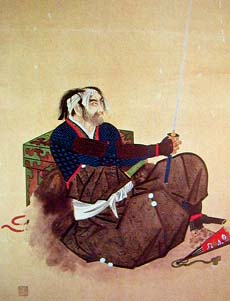
However, Nobunaga was very angry to hear about this. Nobunaga decided to send his troops to Iwamura Castle in 1575 after Shingen had died and the power of the Takeda Clan began to decline especially by the defeat in the battle of Nagashino Castle. The castle was besieged again but survived for 5 months because of its own strength. The attackers negotiated that the defenders could be saved if they surrendered. Torashige and Otsuya accepted this, however, the promise was a lie, so they were executed, which became a big tragedy during the Sengoku Period.
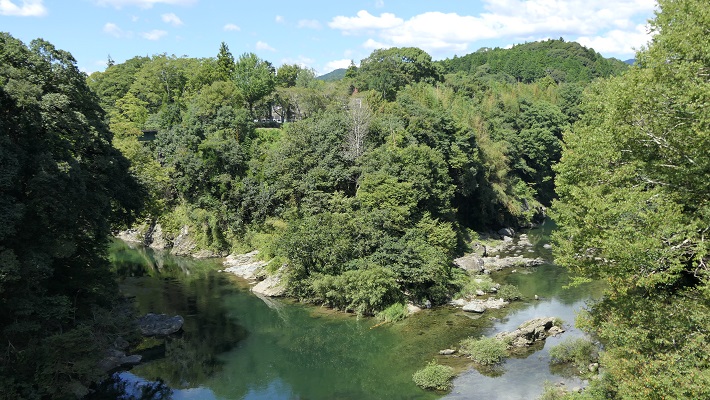
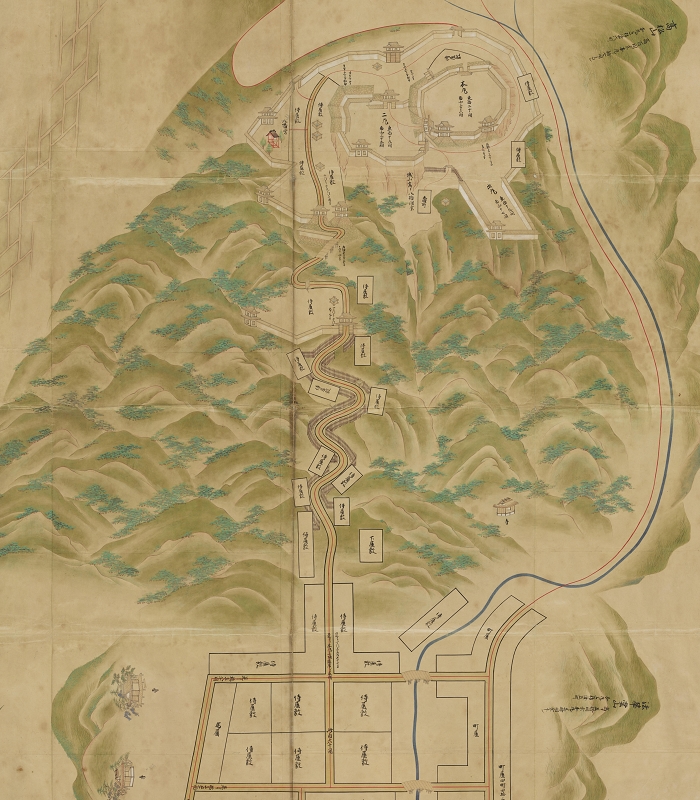
Matsudaira Clan modernizes Castle
After that, several different lords governed the castle. In 1601 after the Tokugawa Shogunate was established, Ienori Matsudaira became the lord of the castle and the founder of the Iwamura Domain. Before his entry, the castle was probably a large and simple mountain castle with its buildings like the Main Hall at a high place. However, Ienori moved the Main Hall to the foot of the mountain to make it more convenient for him. He also modernized the mountain part by building stone walls which surrounded the enclosures. For example, the Main Enclosure on the top had two two-level turrets on the stone walls and two gates, but was empty inside during the late Edo Period. It might have been designed for emergencies like battles. In addition, Ienori also developed the castle town, which still has a good atmosphere to visit now.
